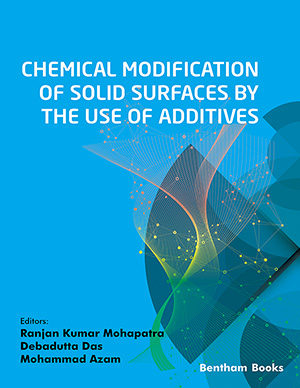Abstract
Stress Corrosion Cracking (SCC) is a sudden and difficult-to-predict severe degradation mode of failure of nuclear, petrochemical, and other industries. This is a development proposal for a methodological software for modeling SCC based on: the failure propensity plus a kinetic model link which better describes its evolution. The main result is prediction with an adequate statistical regression. The basic issues of this methodology are: a) A fixed combination of material-environmental condition is plotted on a potential-pH (Pourbaix) diagram marked with corrosion submodes – which can be originated from literature and/or experimental data. This forms a Knowledge Base (KB) for SCCPropensity. Fuzzy Logic- a form of multiple valued logic where uncertainties can be considered - can be used to determine the SCC-Propensity zones; b) When the actual corrosion submode of the concerning material-environment is marked, based on new experiments, a feedback should be sent to the KB with the purpose to check the original submode border; c) Over the determined point (or region) in a SCC submode, a proper kinetic model should be chosen (departing for example from a kinetic library model-KB) to adjust the experimental data from the concerning material-environment. Alternatively a new empiric or numeric model can be adjusted; d) The regression quality of the model adjusted should be properly and statistically evaluated, and a feedback should be “fuzzylogically” retrofit its adequacy. Here, we also discuss some of the patents related to the topic.
Keywords: Light water nuclear reactors, modeling software, Pourbaix diagram, stress corrosion prediction
 7
7




